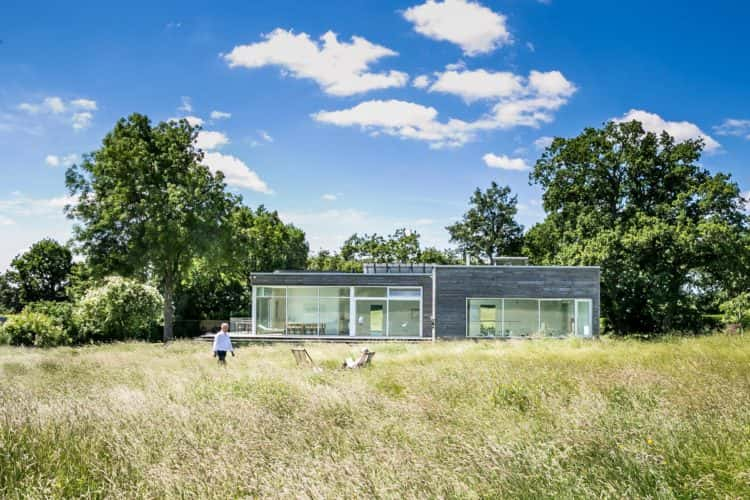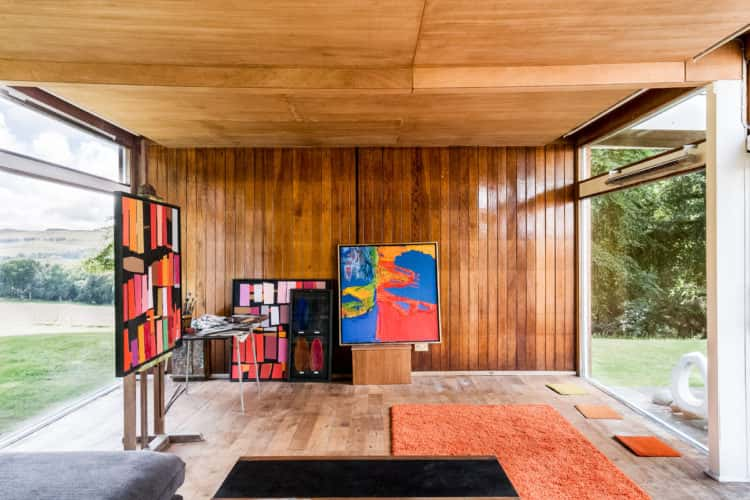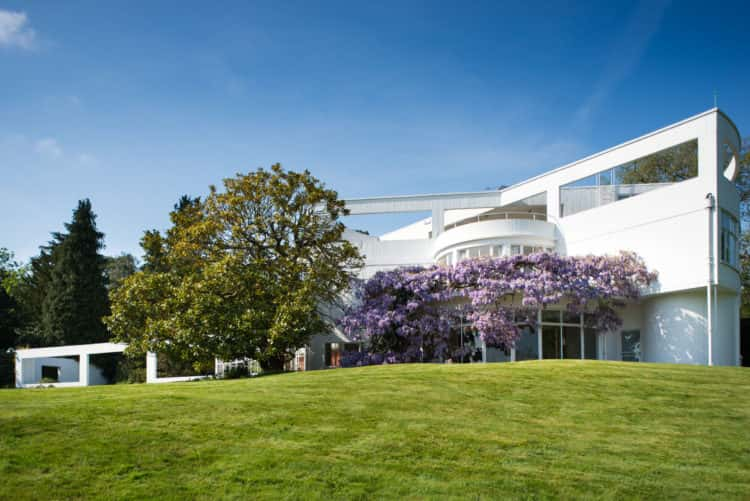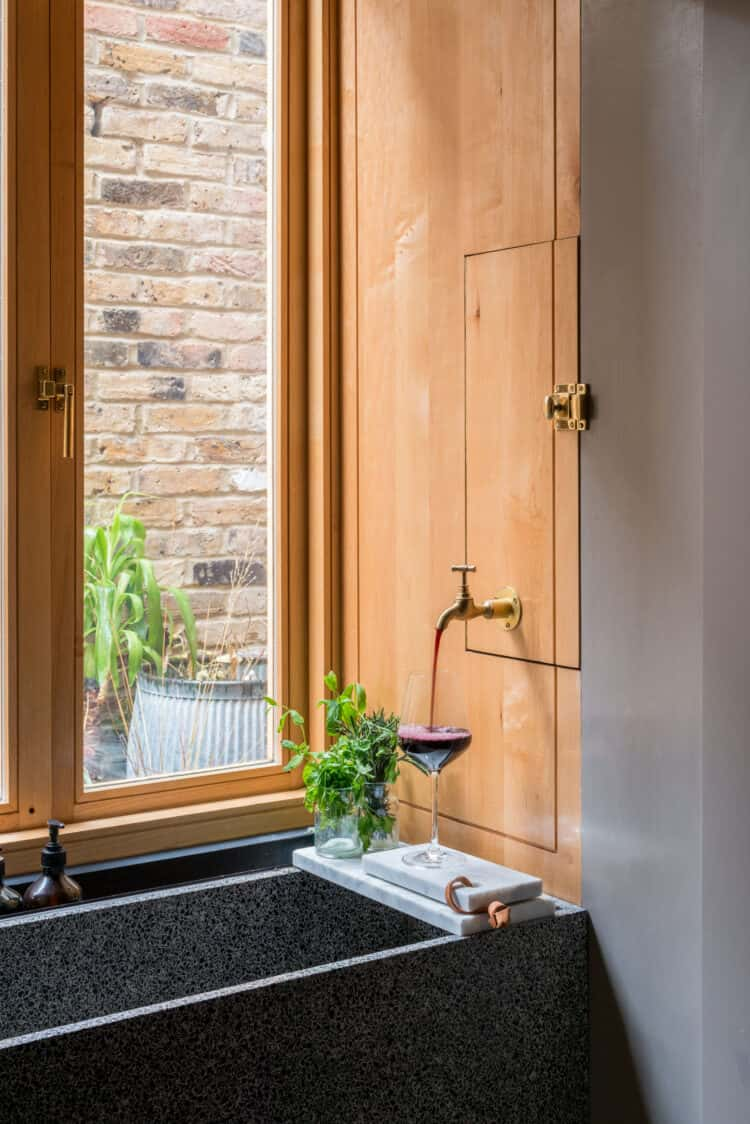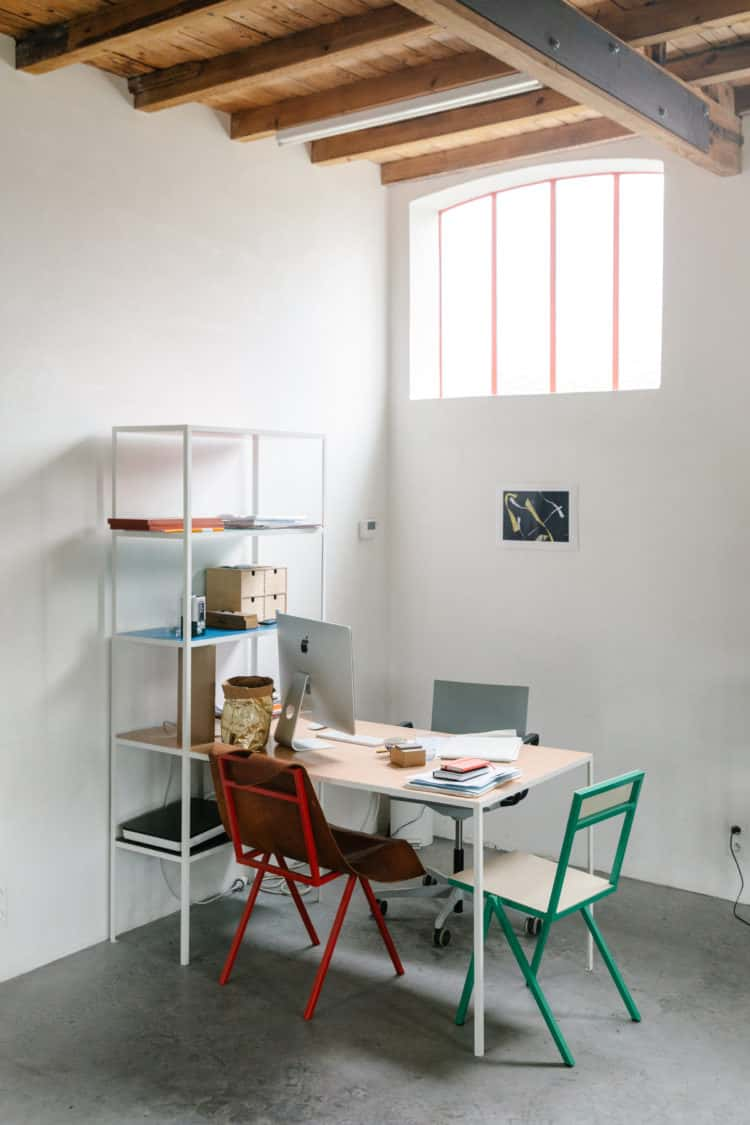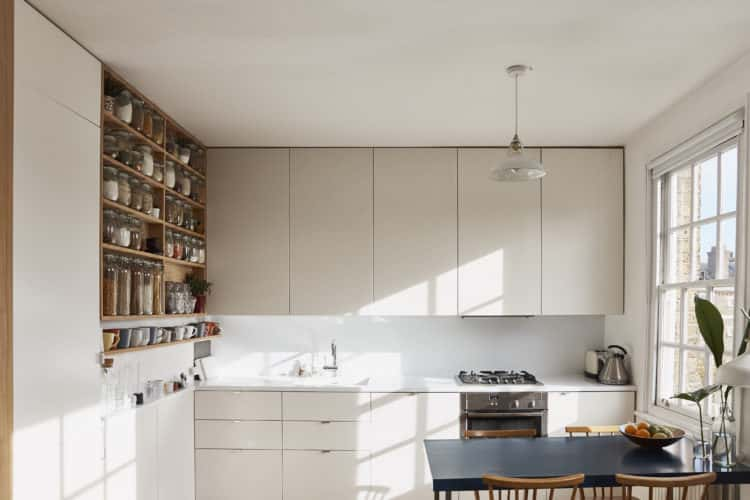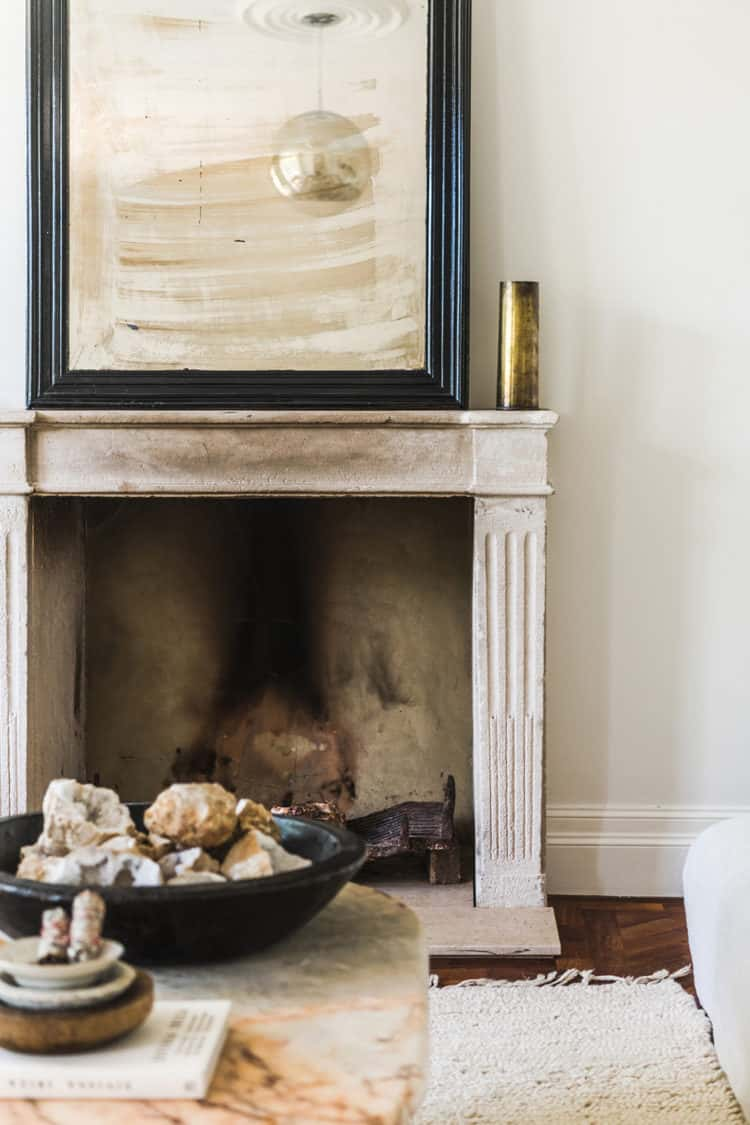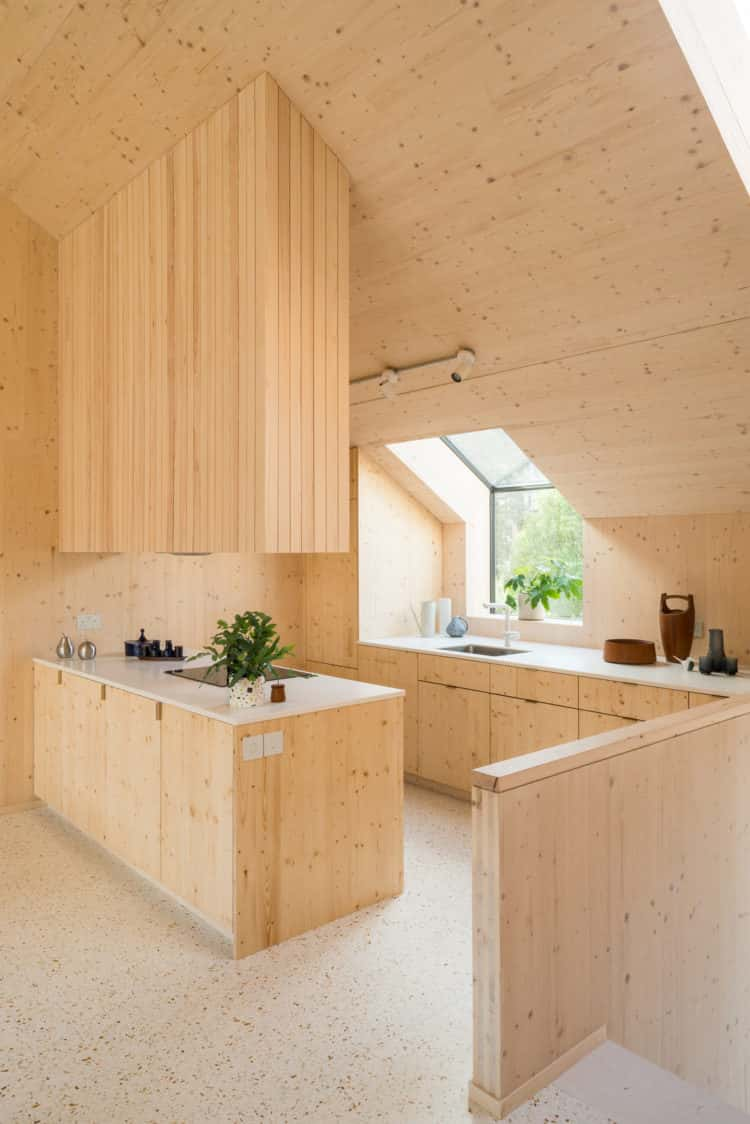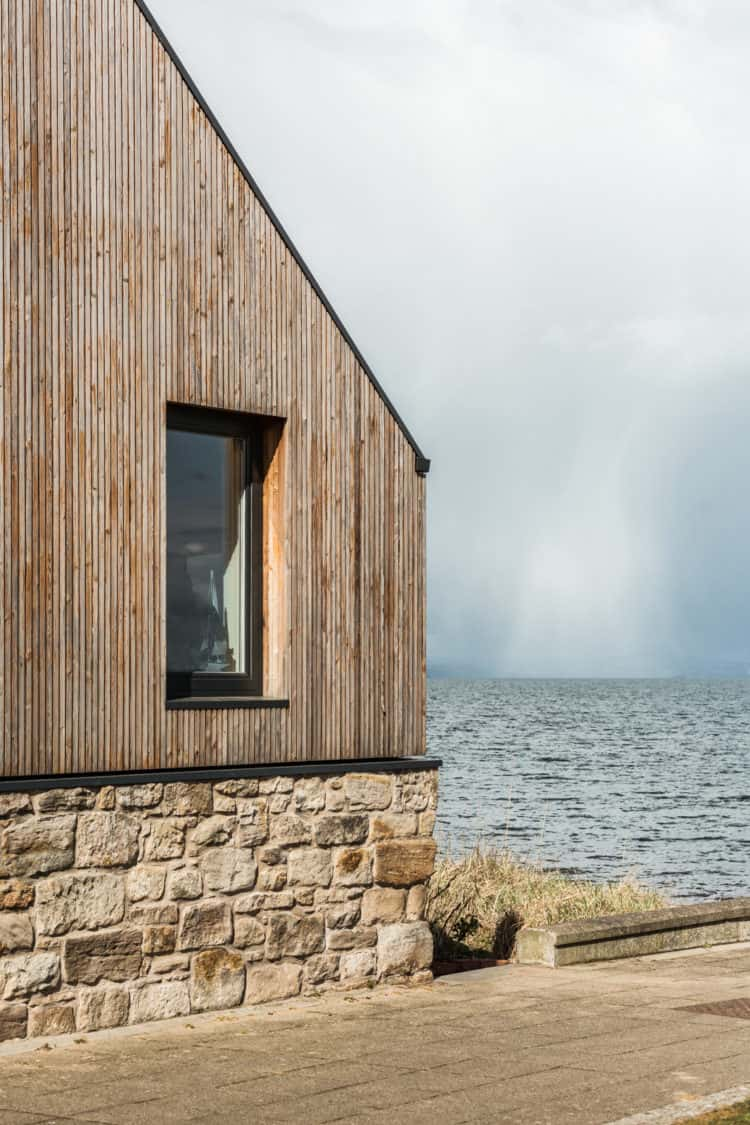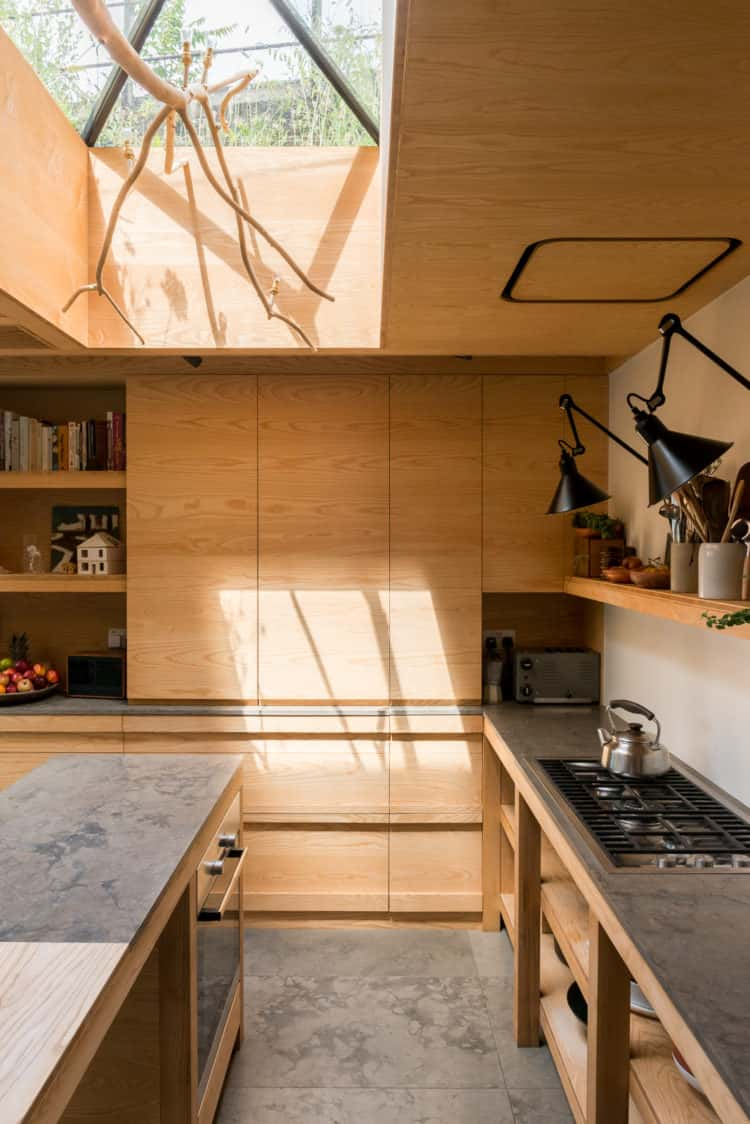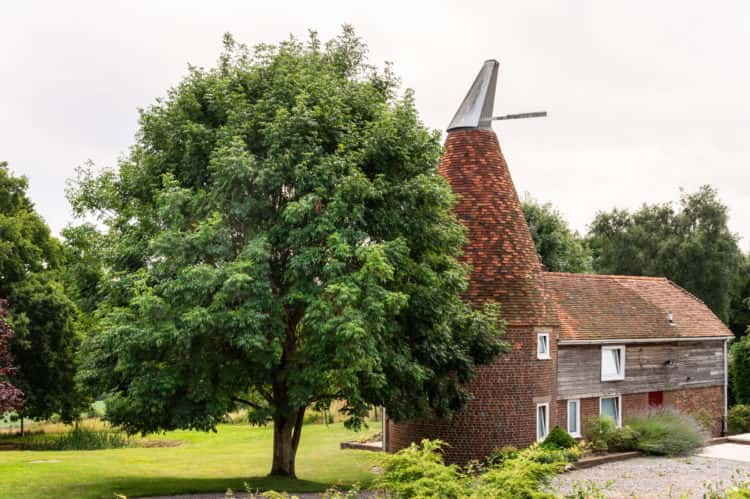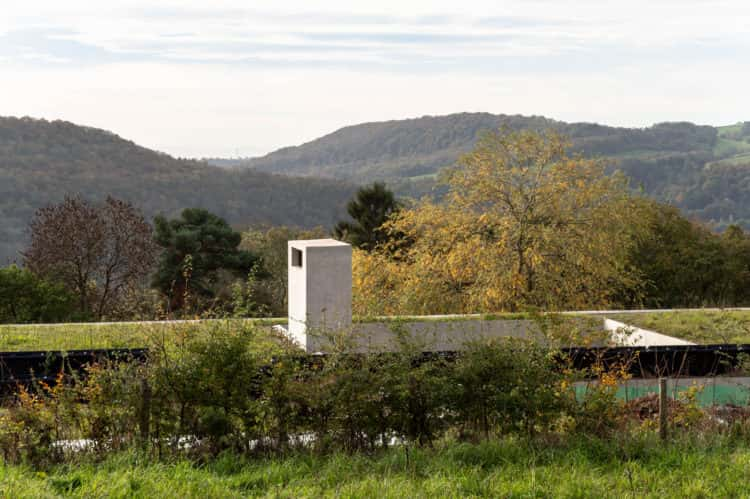Art House: the best artists’ homes in the UK
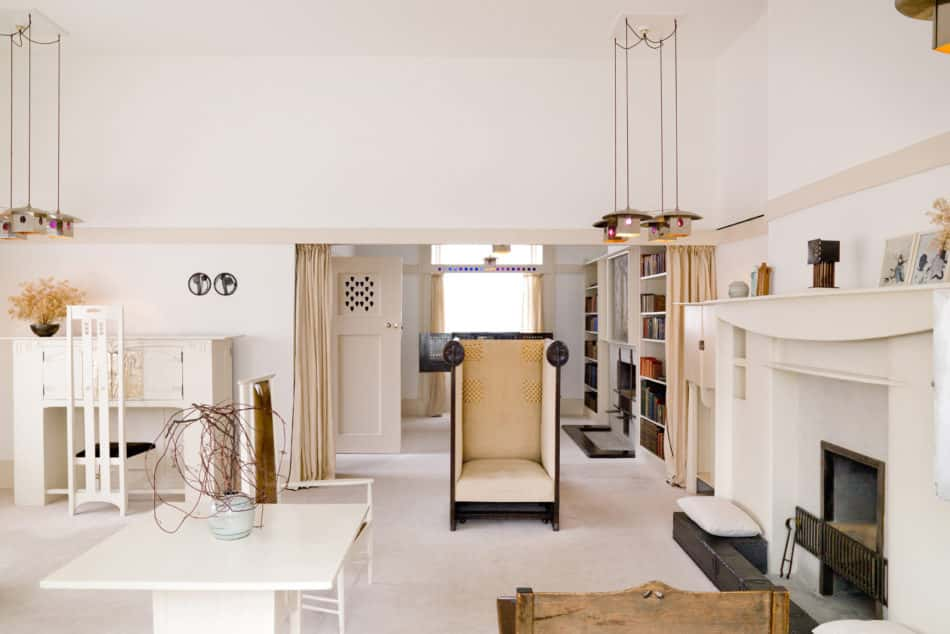
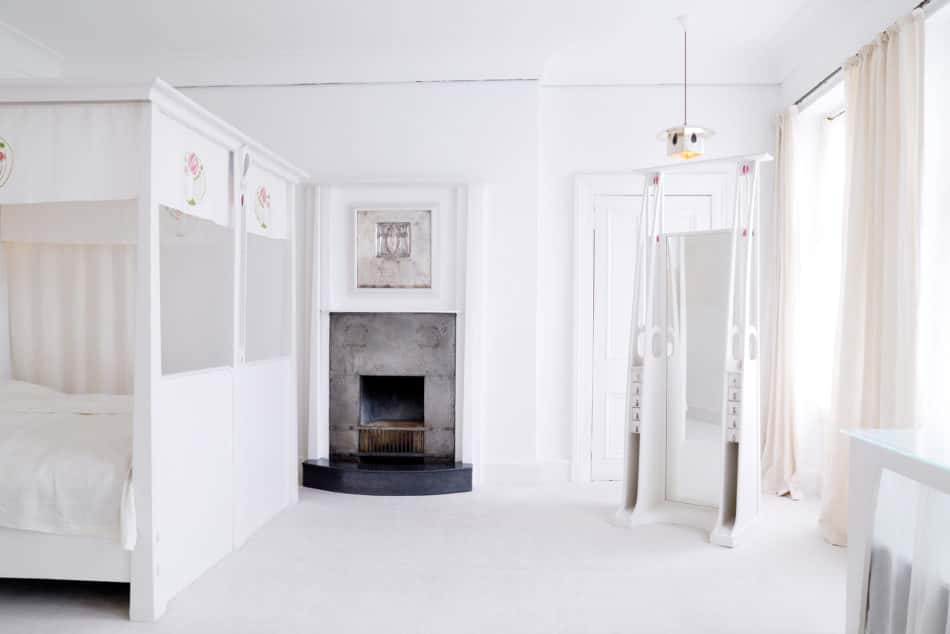
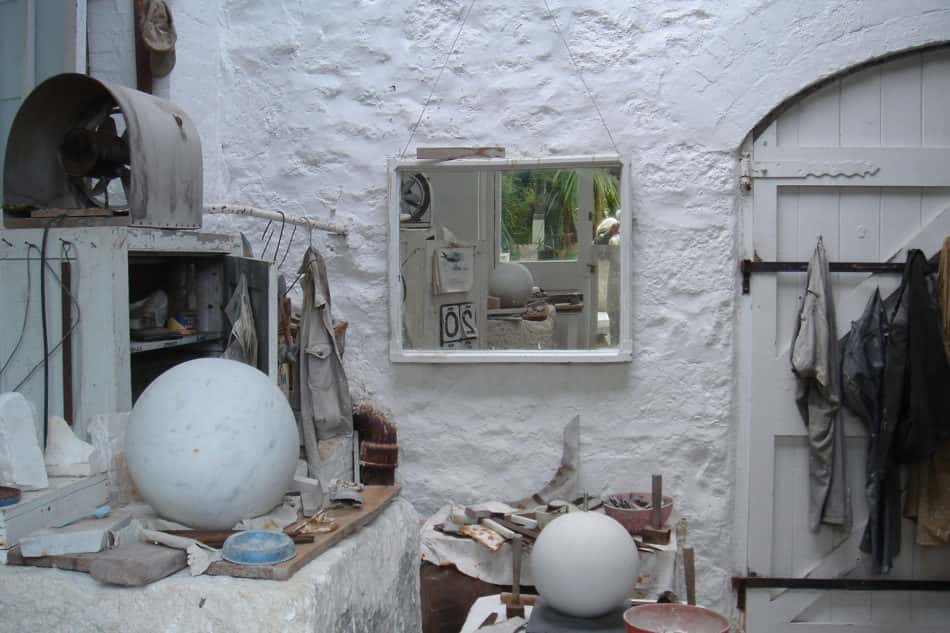
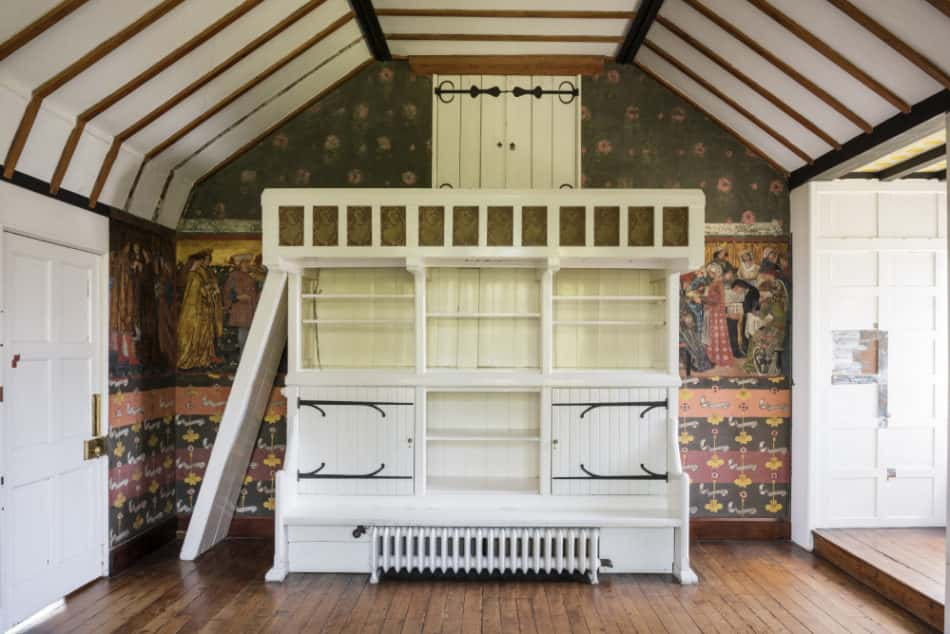
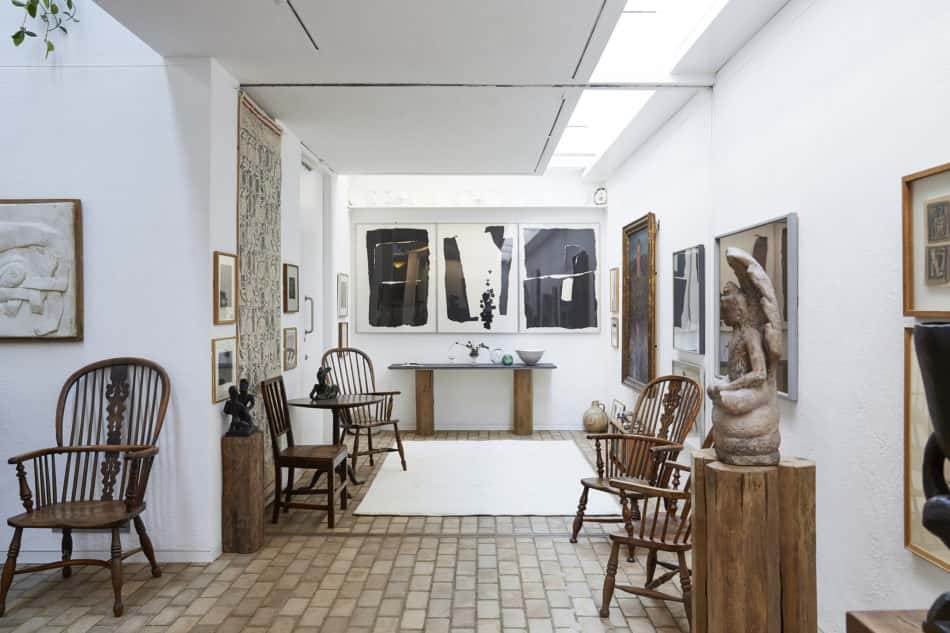
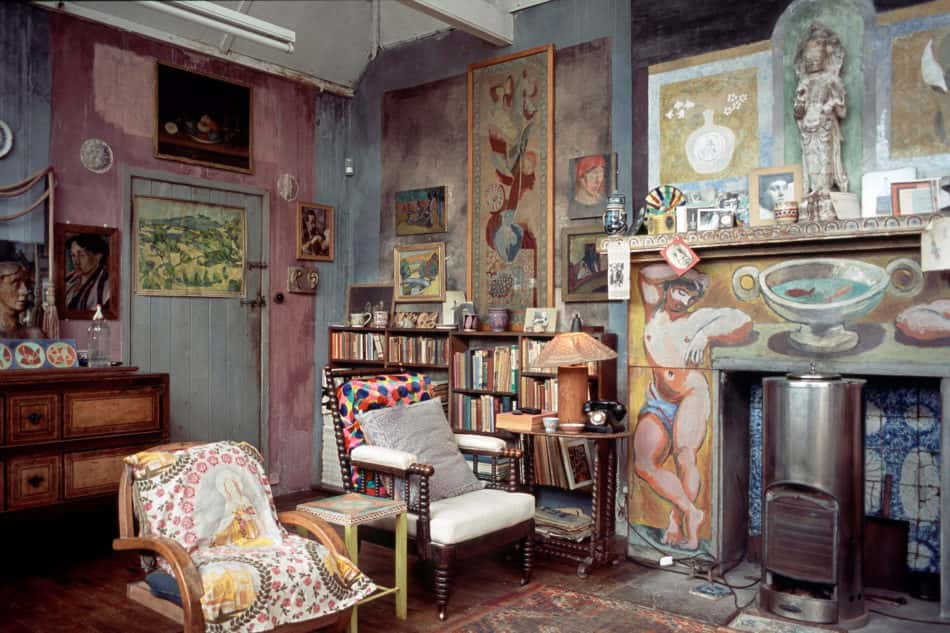
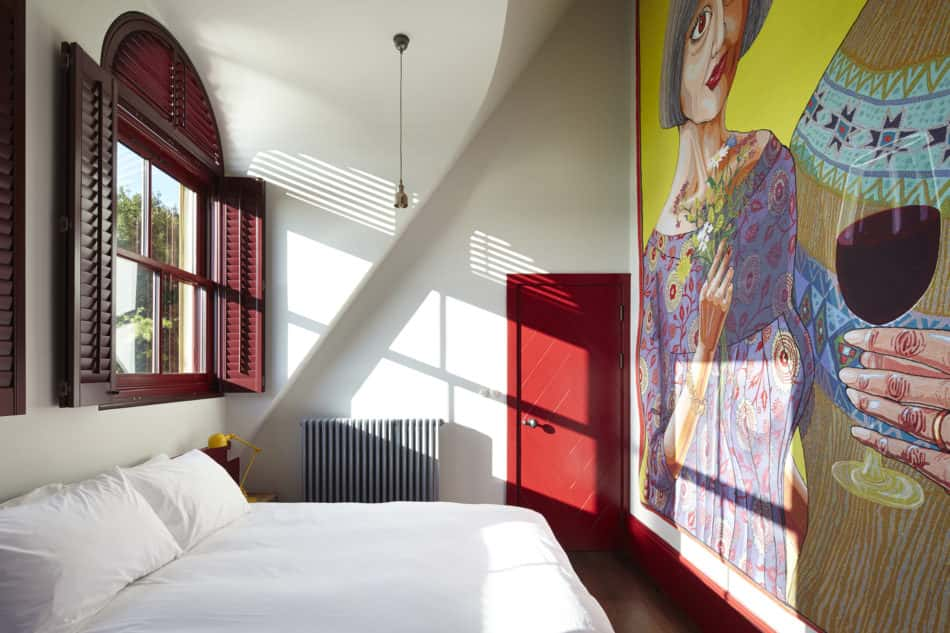
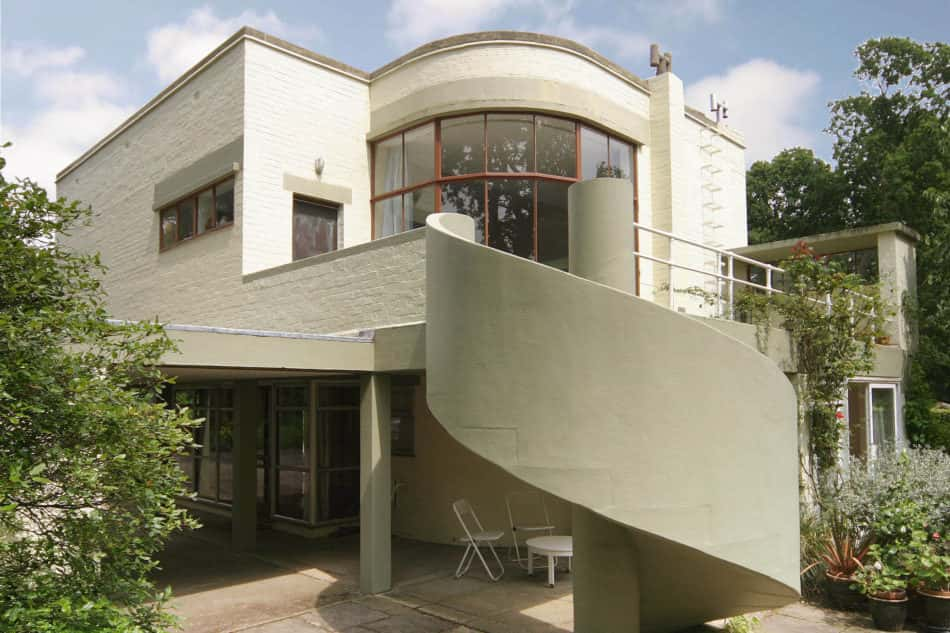
Our ‘My Modern House’ series recently took us to the Kentish home of artists Langlands & Bell, whose self-designed country retreat is a minimal, unobtrusive house overlooking rolling hills. “We designed the space with the specific intention that it would facilitate and inform our work,” said Nikki Bell, who got us thinking about how other artists’ lives and work converge. Here, we’ve assembled the best artists’ homes in the UK, from Glasgow to London.
The Mackintosh House, Glasgow
The home of Charles Rennie Mackintosh and his wife, the artist Margaret Macdonald Mackintosh, occupied an end-of-terrace house in Charles’ native Glasgow until the early 1960s, when it was demolished. Thankfully, the main interiors have been carefully re-created 100 metres away, with the Mackintosh’s contribution to Modern architecture and decorative arts – considered radical in their time – evident in the furniture, objets d’art and soft furnishings that fill the space.
Barbara Hepworth’s home, Cornwall
Sculptor Barbara Hepworth moved to Trewyn Studio with her family in 1939, just as World War II broke out. She remained there until her death in 1975, forging a living space and studio from the stone house. Fulfilling her wish to establish the site as a museum, the Tate took control of Trewyn studio in 1980. The works in stone, bronze and wood on display were some of Hepworth’s most cherished pieces and benefit from being seen in their place of creation.
Red House, London DA6
With its Medieval flourishes, asymmetrical proportions and celebration of artisanal craft, William Morris’ Kentish home provided the blueprint for homes designed in what would become the Arts and Crafts Style. Morris collaborated and commissioned many of his friends in the process, including architect Philip Webb and the painter Edward Burne-Jones, whose murals survive. Designed as both a family home and as a manifestation of Morris’ artistic vision, almost everything in the house was made bespoke to comply with the designer’s commitment to crafted, individually-made pieces.
Kettle’s Yard, Cambridge
While not strictly considered an artist, curator and aesthete Jim Ede nevertheless took a unique creative approach to decorating his Cambridge home, which, for our money, more than makes him eligible here. Ede’s lesson that “we should value all kinds of objects, not just art,” was spelt out for us by Director Andrew Nairne when we visited earlier this year.
Charleston House, East Sussex
The Bloomsbury Group’s louche country hangout was the home of artists Vanessa Bell and Duncan Grant, whose forays into painting, textiles and pottery form the eccentric interiors of this late 16th-century farmhouse in East Sussex. Channelling the same irreverent, norm-sneering attitude that characterised the group’s outlook on life, politics, love and sex, the group painted scenes of riotous pattern and colour on walls, tables and bookcases.
A House for Essex, Essex
Designed by Turner Prize-winning artist Grayson Perry with FAT Architecture as a ‘secular chapel’, A House for Essex pays homage to a fictional deity, that of local woman Julie Cope. Through tapestries, artworks, pots and mosaic floors, the narrative of Julie’s life is intimately and extensively woven into the fabric of the building. The house was commissioned by Living Architecture and is available to book as a holiday let via a ballot.
Augustus John Studio, Hampshire
This house and studio, which was sold via The Modern House, was designed by architect Christopher Nicholson for the Welsh artist Augustus John in 1933. High ceilings, tall windows and in-built window seats comprise the first-floor studio space, which John used to create his Post-Impressionist portraits.
Henry Moore Studios & Gardens, Hertfordshire
Henry Moore, the defining sculptor of the Modernist movement, moved to Perry Green in Hertfordshire with his wife, Irina, in 1940 after their London home was damaged by bomb shrapnel in the Blitz. Moore remained there for the rest of his life, acquiring surrounding land to build more studio space over the years. Today, the house, Hoglands, contains artefacts, books and works of art, while Hugh Broughton Architects devised a sympathetically-designed visitor centre and archive facility in 2017.
